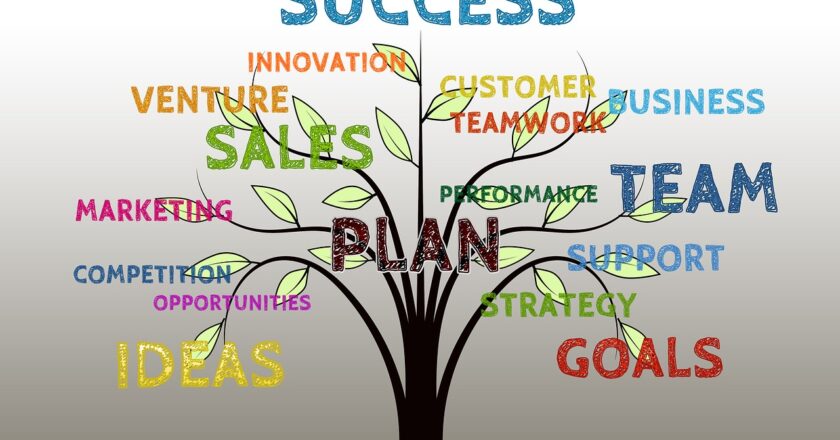Cultivating Trust: How Aligning Business Ethos with Long-Term Vision Fosters Customer Loyalty
In the dynamic world of business, the symbiotic relationship between customer loyalty, trust, and the decisions made by business leaders is pivotal for sustained success. This blog post explores the significance of aligning business ethos with long-term vision and its profound impact on cultivating customer loyalty and trust.Defining Business Ethos: At the core of every successful business is its ethos – the set of values, principles, and beliefs that guide its decisions and actions. Leaders must first define and articulate this ethos, as it serves as the compass that aligns the organization's trajectory with the expectations and values of its customers.Building Trust Through Consistency: Consistency is the cornerstone of trust. Business leaders should ensure that the organization's action...










